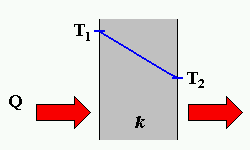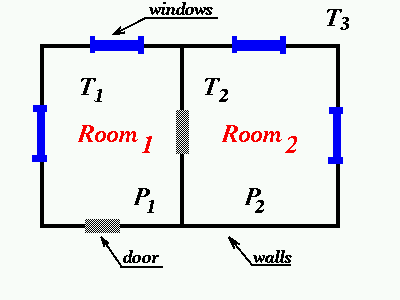
Introduction to Numerical Methods
Department of Computing Science
University of Alberta
 |
CMPUT 340 Introduction to Numerical Methods Department of Computing Science University of Alberta |
| syllabus | lectures | labs | projects |
Introductory exercises.
We will follow up the lecture material with a set of simple Matlab exercises.
This will involve working with matrix representation of systems of linear equations,
writing loops, using matrix inversion, Gaussian elimination and other techniques
for solving systems of linear equations.
(Example 1,
Example 2,
Example 3)
Recommended Matlab background: "Loops" section from the UNH Matlab tutorial.
(excluding the O.D.E. part)
Part II.
Exercise 1: Solve problem 2.3 from handout (Heath, p. 100, a copy will be given to you in class).
Part III.
Assignment: Heat flow balance problem.
This assignment is a practical application of the systems of linear equations
for solving the heat flow balance problem. The general setting of the task is as
follows. In order to keep a house warm, we use additional heating (especially
during the winter!). This extra warmth, provided by the indoors heat sources (furnace,
electrical appliances, etc.) escapes the house, even when all of the doors and windows
are firmly shut, due to a heat transfer mechanism called "conduction". The state of heat
flow balance is reached when the amount of heat generated by the indoors heat sources
gets equal to the amount of heat that leaves a house due to conduction through walls,
windows, etc.
In order to complete this assignment you will need to:
Notes:





Submission details:
When to submit: by Feb 11th, 11:00am
(updated on Feb. 7)
What to submit: For Part II - the log of matlab commands or a script for soving the system
(see "diary" command) with an explanation of your approach (optional). For Part III - a short (2-4 pages) report of your solution of the heat balance problem.
You are expected to hand in both electronic and hard copy versions of your work. Please put a hard copy
in the drop-off box while submit your electronic version as "try c340 a2 [assignment_file.tar]". An example of the
contents of the assignment file is given below:
Updates and additional information: